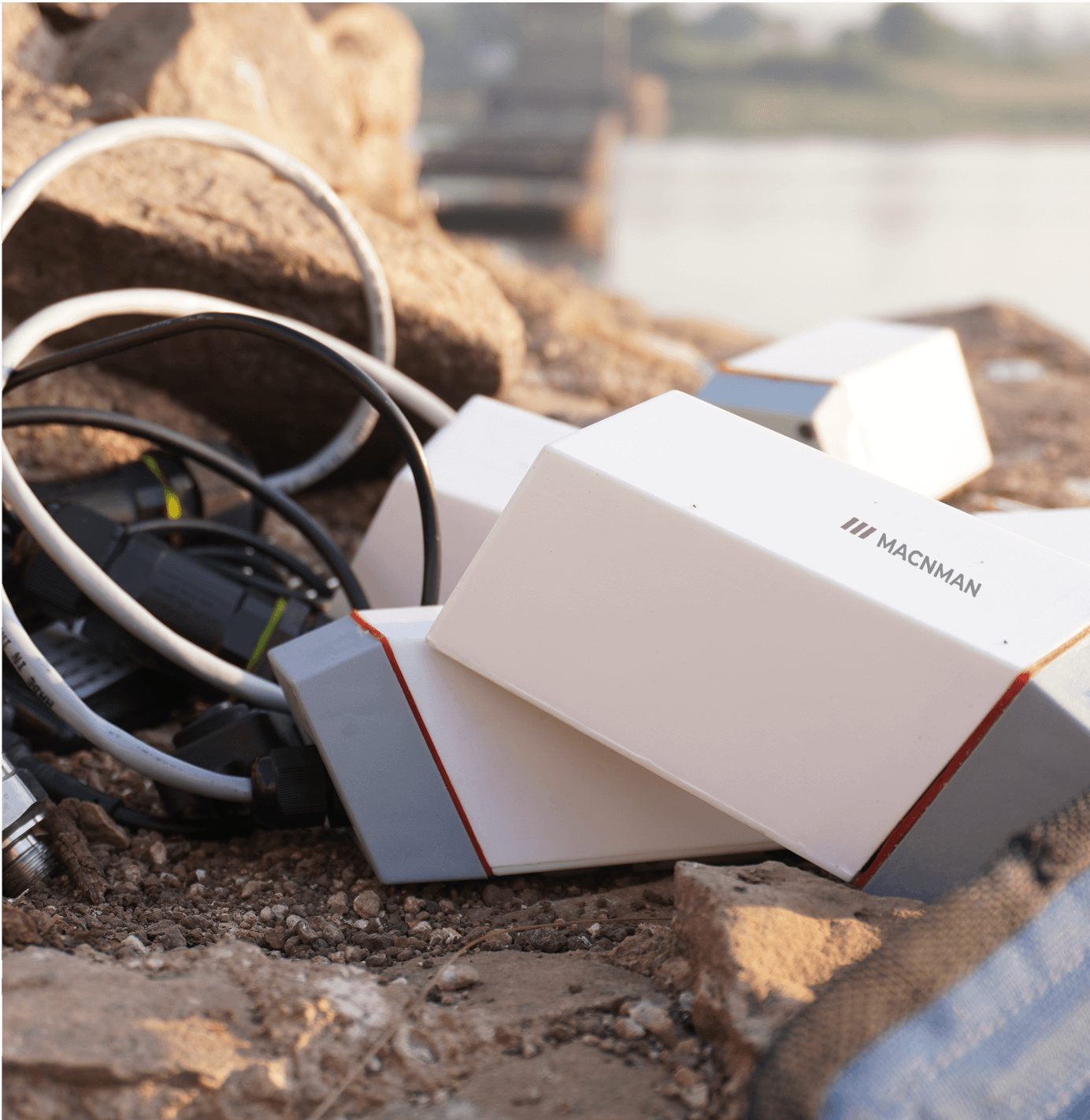Industrial Weather Monitoring with LoRaWAN Sensors (PM2.5 PM 10 CO2)
Maintaining optimal environmental conditions is critical in industrial facilities to ensure equipment longevity, worker safety, and uninterrupted production. At this plant, we deployed Macnman LoRaWAN weather stations to monitor temperature, humidity, and air pressure in real time. The long-range, low-power LoRaWAN network delivers continuous, reliable data to central dashboards, empowering managers with actionable insights, enabling proactive decisions, and reducing operational risks.
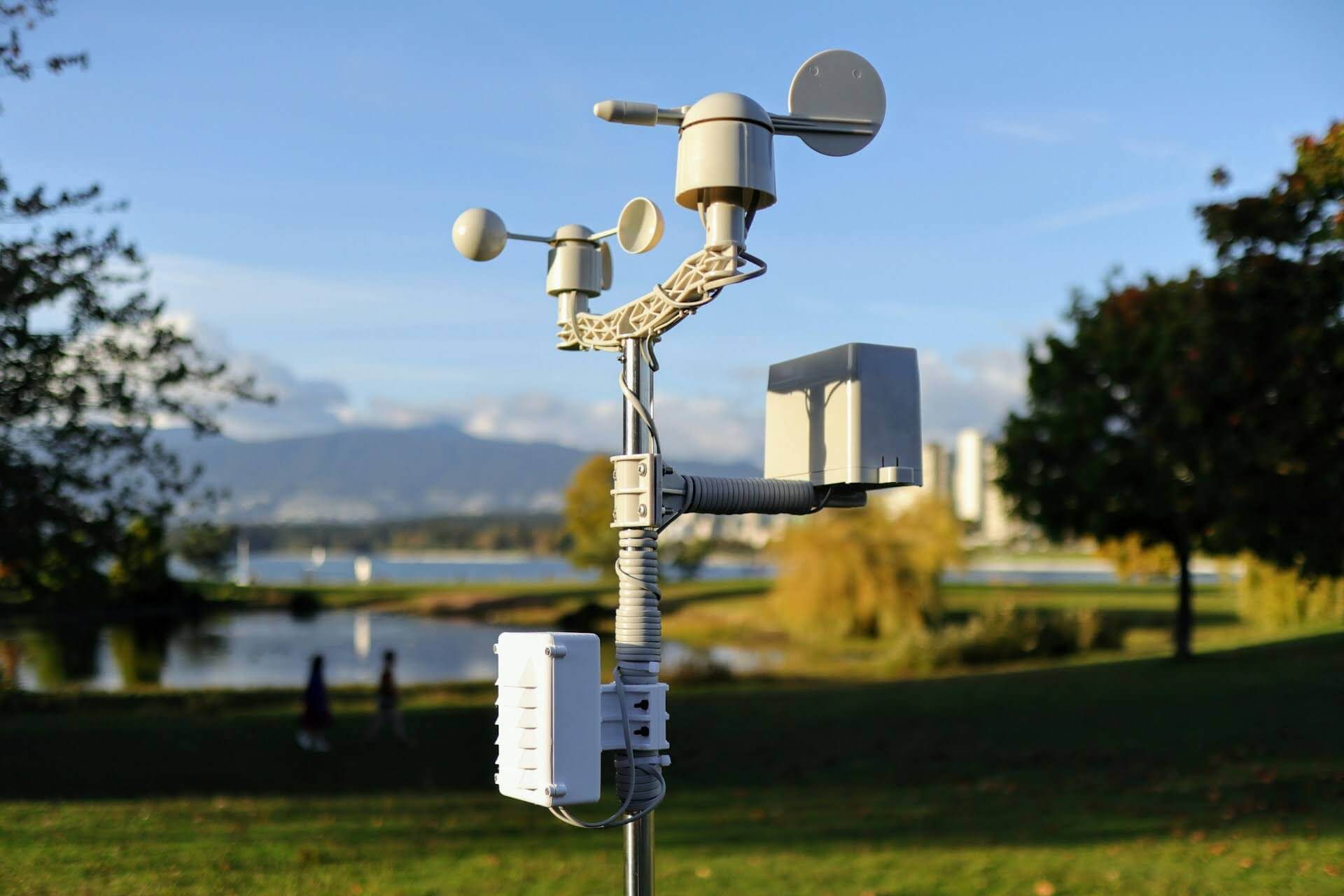
Problems Industrial Weather Monitoring Challenges: Avoid Downtime & Safety Risks
Ensuring accurate and real-time environmental data for industrial operations is critical to avoid safety risks and production losses.

Unreliable Weather Data
Manual or outdated monitoring caused unexpected downtime.

Equipment Vulnerability
Lack of real-time alerts put machinery at risk from extreme conditions.

Production Inefficiency
Poor weather insights led to suboptimal operational planning.

Compliance Risks
Failure to monitor conditions affected safety and environmental compliance.
Solution: Real-Time Industrial Weather Monitoring with LoRaWAN
Proposed Solution: A LoRaWAN-based weather station with multi-sensor integration, real-time monitoring, and automated alerts for industrial environments.
- 01
Multi-Sensor Integration
Monitors temperature, humidity, pressure, and wind conditions in real-time.
- 02
LoRaWAN Connectivity
Enables long-range, low-power communication from remote industrial sites.
- 03
Centralized Dashboard
Displays live data and historical trends for operational decision-making.
- 04
Automated Alerts
Sends notifications when environmental thresholds are exceeded.
- 05
Low Maintenance
Sensors are easy to install and running on the solar energy so overall maintenance cost of the system is low
- 06
Reliable Power & Enclosure
IP67-rated, solar-assisted setup ensures continuous operation in harsh conditions.
LoRaWAN Weather Station Architecture

Deployment of Industrial LoRaWAN Weather Station Deployment for Real-Time Monitoring
Deployment of Industrial Weather Sensors: Strategic placement of LoRaWAN weather sensors across the industrial site, connected to gateways and the central dashboard for seamless data collection and monitoring.
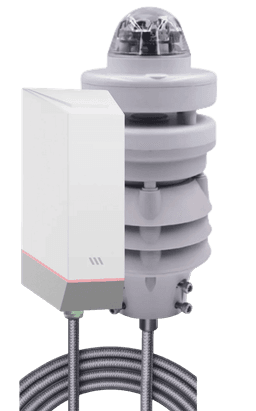
MacSync Weather Station
Mounted on a sturdy pole at an open field location to ensure unobstructed wind and sunlight measurements.
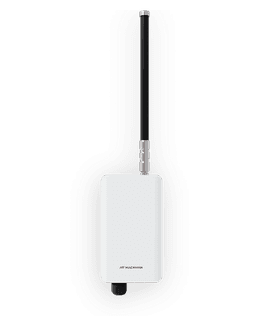
Industrial LoRaWAN Gateways
Positioned at central locations to collect data from all nodes and forward it securely to the cloud platform.

Central Monitoring Dashboard
Provided operators with live status, historical data, and performance analytics for parking utilization and sensor uptime.
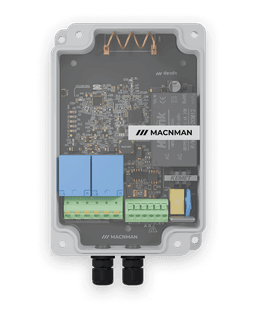
Industrial LoRaWAN Controller
Installed at the central rooms to give any alerts from the servers to teams in case of any parameters are crossing the thresholds.

Overcoming Industrial Weather Monitoring Challenges
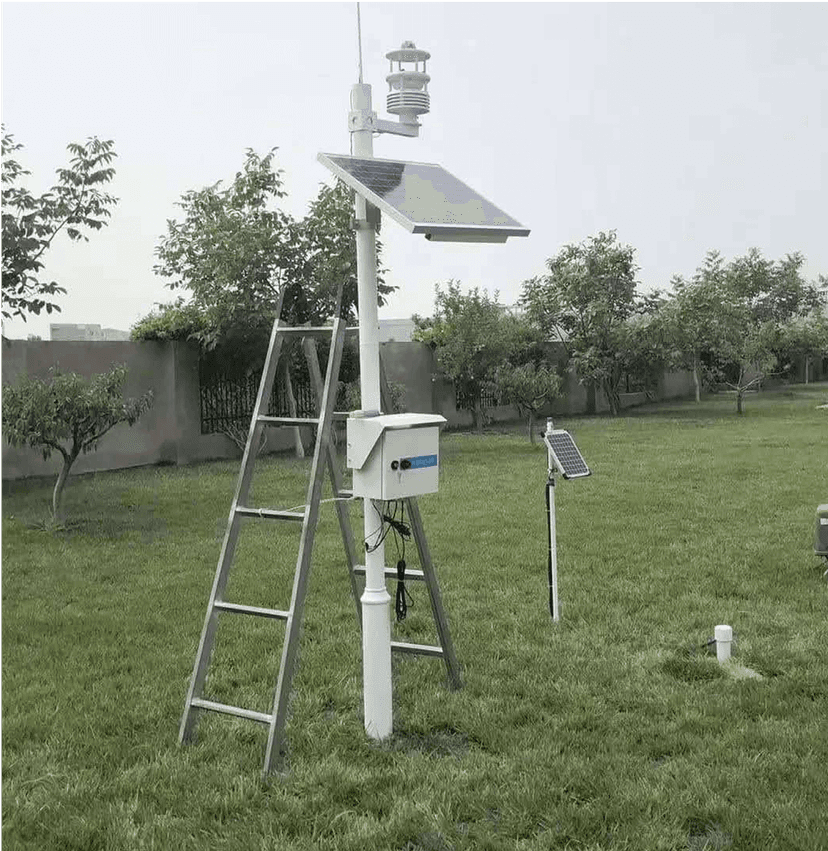

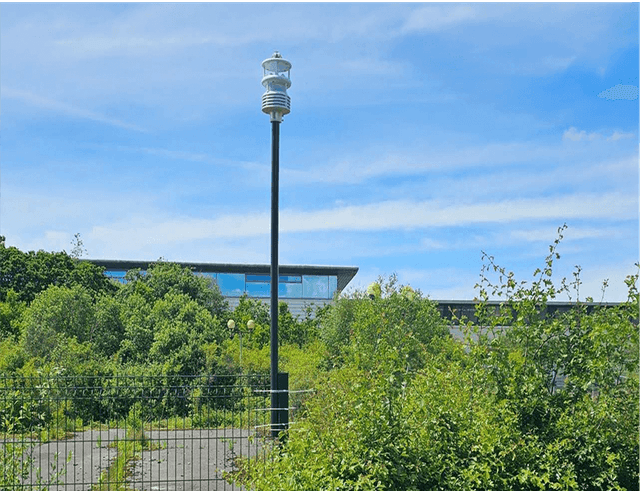
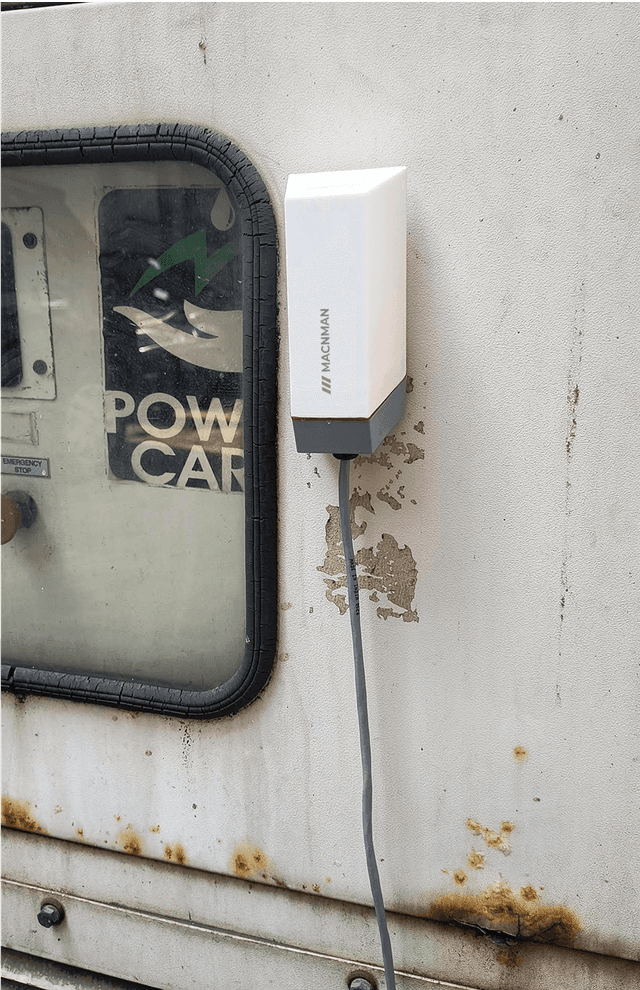
Overcoming Urban Signal Barriers
Ensuring stable LoRaWAN connectivity across dense city infrastructure for reliable weather data.
Weatherproofing for Reliable Data
Protecting sensors from rain, dust, and extreme temperatures to maintain uninterrupted monitoring.
Sensor Accuracy & Calibration
Sensors calibration was needed to ensure real-time accuracy for temperature, humidity, and rainfall data.
Weatherproofing Protection
Continuous exposure to dust and moisture required rugged enclosures for long-term reliability.
Validation: How We Ensure Industrial Weather Station Data Accuracy
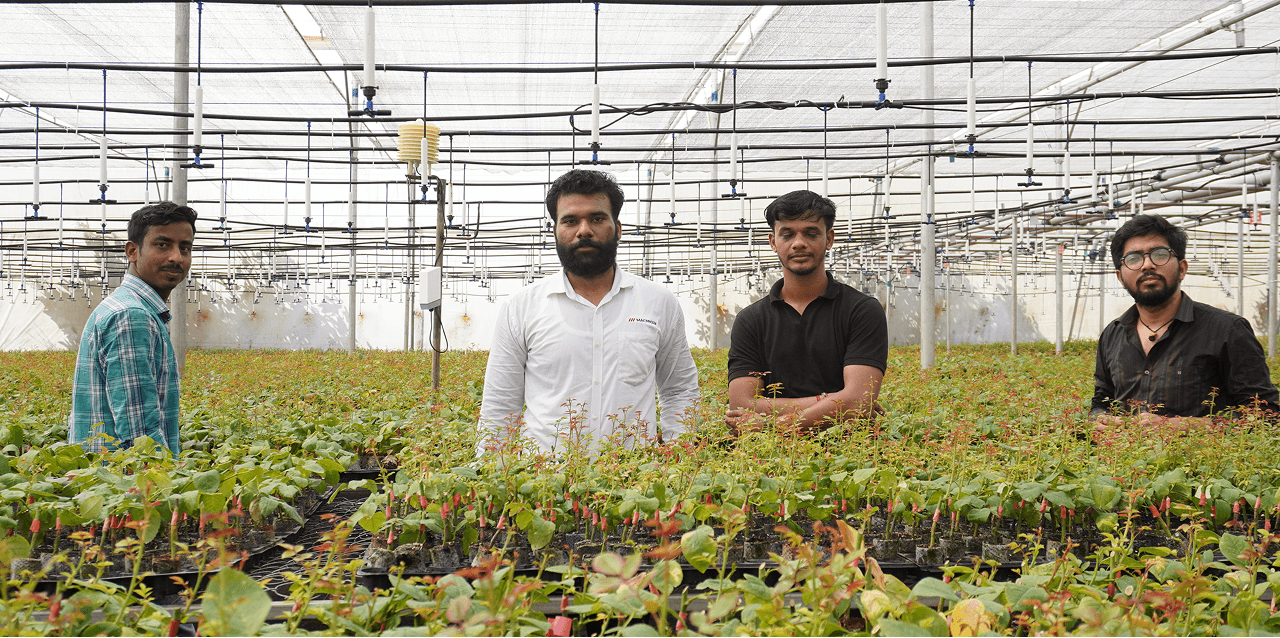
Data Accuracy and Benchmarking
Before deployment, every sensor was individually calibrated in a controlled lab environment against a certified reference instrument
Co-Location Benchmarking
In the field, one of our LoRaWAN nodes was co-located next to a high-end, traditional wired meteorological station used by the local authority.
Network Reliability and Operational Metrics
The long-term value of an industrial IoT weather station hinges on its consistent, autonomous operation
Reduced Field Maintenance
The static (non-moving part) design of critical sensors, such as wind speed/direction, has been validated to eliminate the need for yearly mechanical calibration
Impact of Industrial Weather Station for Smart Factories & Production Efficiency

95% Reduction in Maintenance Costs
LoRaWAN's low power consumption allows stations to run autonomously for up to 5 years on a single battery, eliminating frequent service trips.
Real-Time Microclimate Hazard Alerts
Instant, location-specific data on wind and precipitation drives immediate action, preventing costly operational downtime and ensuring site safety compliance.
60% Faster Critical Data Latency
Data-driven decisions improve traffic, energy, and public services efficiency.
Seamless SCADA/IoT Integration
Standardized APIs allow for plug-and-play integration with existing SCADA, analytics, and data management platforms in less than 72 hours.
Conclusion: Transforming Industrial Operations with LoRaWAN Weather Monitoring
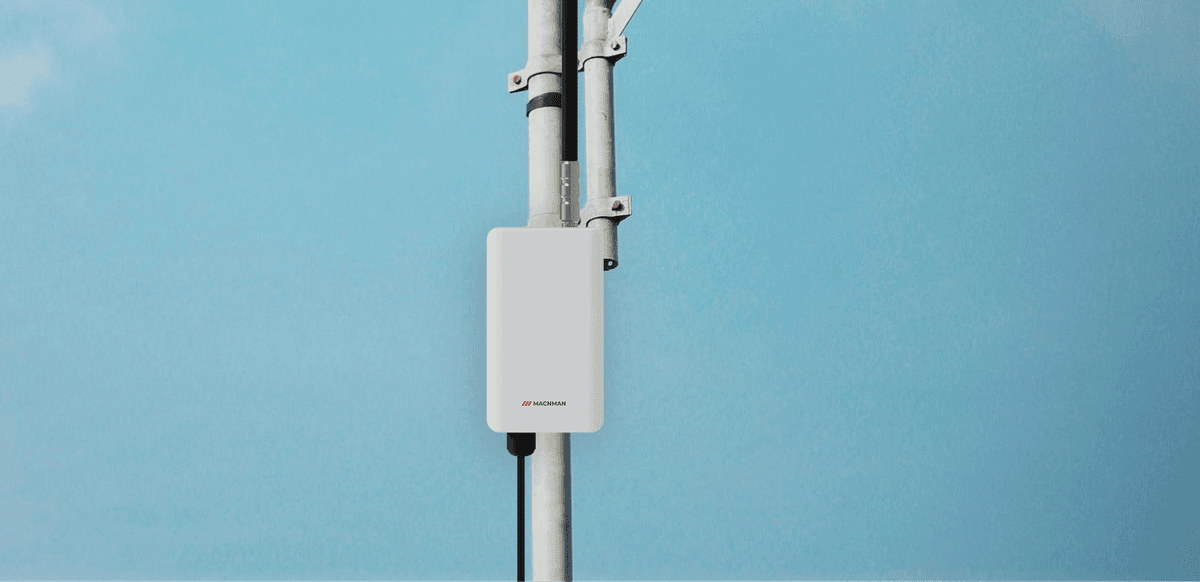
The implementation of the industrial weather station based on LoRaWAN has fundamentally reshaped our client's approach to environmental risk management and operational efficiency. This solution successfully transcends the limitations of legacy monitoring systems by delivering an unparalleled combination of performance, cost savings, and data quality.
Ready to Transform Your Industry with IoT?
